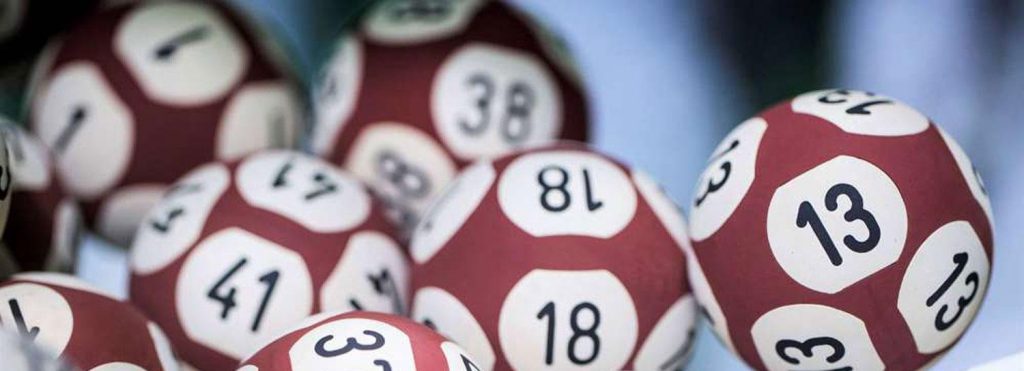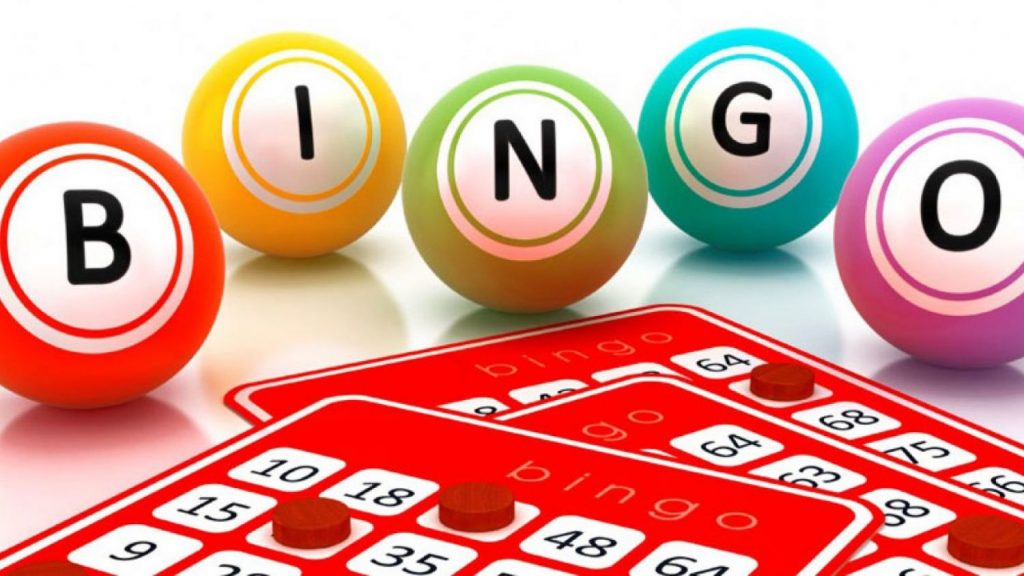The game of Bingo was born in 1929 in New York, when Edwin Lowe, a toy salesman, took part in Beano, a variant of Lotto played in Georgia. Hence the rapid spread, the change of name and the creation of well-defined rules. It is easy, addictive and straightforward, appealing to all, young and old alike, with significant and frequent winnings. The objective of the game is very simple: just follow the random draw of numbers and fill your own folder before the other players.
The first one among the participants who completes an entire row or the whole folder wins.
Contrary to what you might think, the game requires intuitiveness and strategy, as well as knowledge of a few simple rules. The history of Bingo is full of interesting episodes, and there are three main stages of the game:
- Buying cards: made up of 3 or 5 rows, they hold a random combination of 15 numbers, to avoid simultaneous wins. Each player can choose how many and which ones to buy in order to statistically increase their chances of winning;
- Drawing: 90 numbers are drawn and the participants immediately check if they match the numbers on their cards;
- Conclusion: the first player to get a five of a kind or the completion of the whole folder declares what has happened. The announcement of the win is essential for its recognition.
At the end of the game stages, the awarding of prizes takes place. The amount of the sum won, in the case of five of a kind and Bingo, is defined at the beginning of the game by the room. Each prize can only be won once, precisely by the first player to reach each of the two positions.
What’s new in New Bingo

New Bingo maintains the rules of the traditional game, but is enriched with many interesting new features. Players can choose between 4 types of rooms, each with different characteristics and dynamics:
- Sala Rubino90: provides numerous additional prizes and the extraction of prizes from Ambo to Bingo;
- Sala Diamante90: with original and unusual prizes drawn;
- Italia30 Room: instead of numbers, symbols representing provinces and monuments are drawn to celebrate the beauty of our country;
- Sala Zaffiro75: a board with 75 numbers, instead of 90, but many brand new cards that allow you to win unexpected prizes.
During the game, each player can also customise his or her own screen, choosing the colours and graphics of the background, the music to listen to and the voice used to draw the numbers. A demo mode is also available, with virtual money, allowing players to practice and hone their skills without the risk of losing money.
If you are a fan of online bingo and want to put your skills to the test, you can discover dedicated bingo rooms and try out New Bingo. You’ll be able to hone your skills and test your best tactics, while experiencing lots of innovative features that make every game exciting and unique. To take part simply log into your member area and start the game.
The origins and invention of the cards
1530, Italy: at this time a new game called “il Giuoco del Lotto d’Italia” (the Lotto Game) began to spread, a lottery-style draw mechanism. This was the beginning of the history of Bingo, which was to undergo a transformation three centuries later. The French added cards and small tokens and implemented number calling.
In 1778, a game called “Le lotto” appeared in France, characterised by 27 squares divided into 3 rows and 9 columns. Thus, numbers from 1 to 90 could be shown in the 5 squares in each row. Later, this came to the United States where a mathematician named Edwin Lowe, invented a game that exploited the randomness of numbers to fill a system of cards.
As for the latter, however, we have to wait for the arrival of a professor of mathematics at Columbia University, Carl Leffer. Using specific rules from the calculus of probability, he managed to create 6,000 different cards from 90 possible numbers.
Starting from there, the history of Bingo is known to all and passes through the dedicated halls. As with all games, Bingo has developed its own online version: online casinos offer cards of various prices and different prizes. All you have to do is register to take part in the various games.
Why is it called Bingo?

In 1929, mathematician and toy salesman Edwin Lowe himself was in Atlanta. There, he saw some people playing a game called Beano which seemed to be a lot of fun.
It had the same rules as a game then called ‘Ward’, but instead of using tokens, it used some ‘bean’, i.e. dried beans. From there, Lowe took the game to New York and introduced it to his circle of friends and acquaintances.
It is said, however, that one day one of them, in the euphoria of the game, shouted “Bingo” instead of “Beano”. The mispronunciation of that moment was so popular that Lowe decided to rename the game that way.
